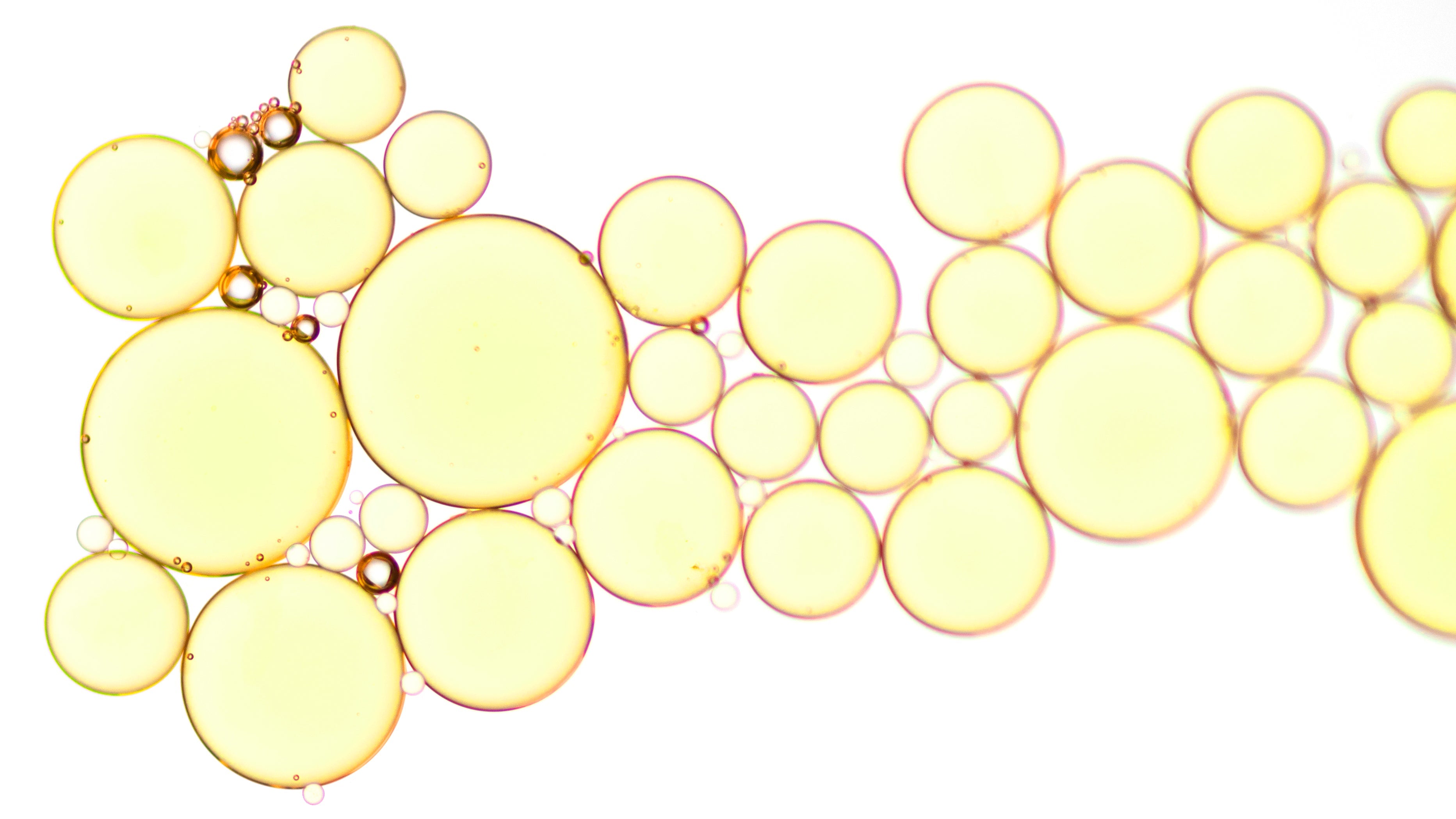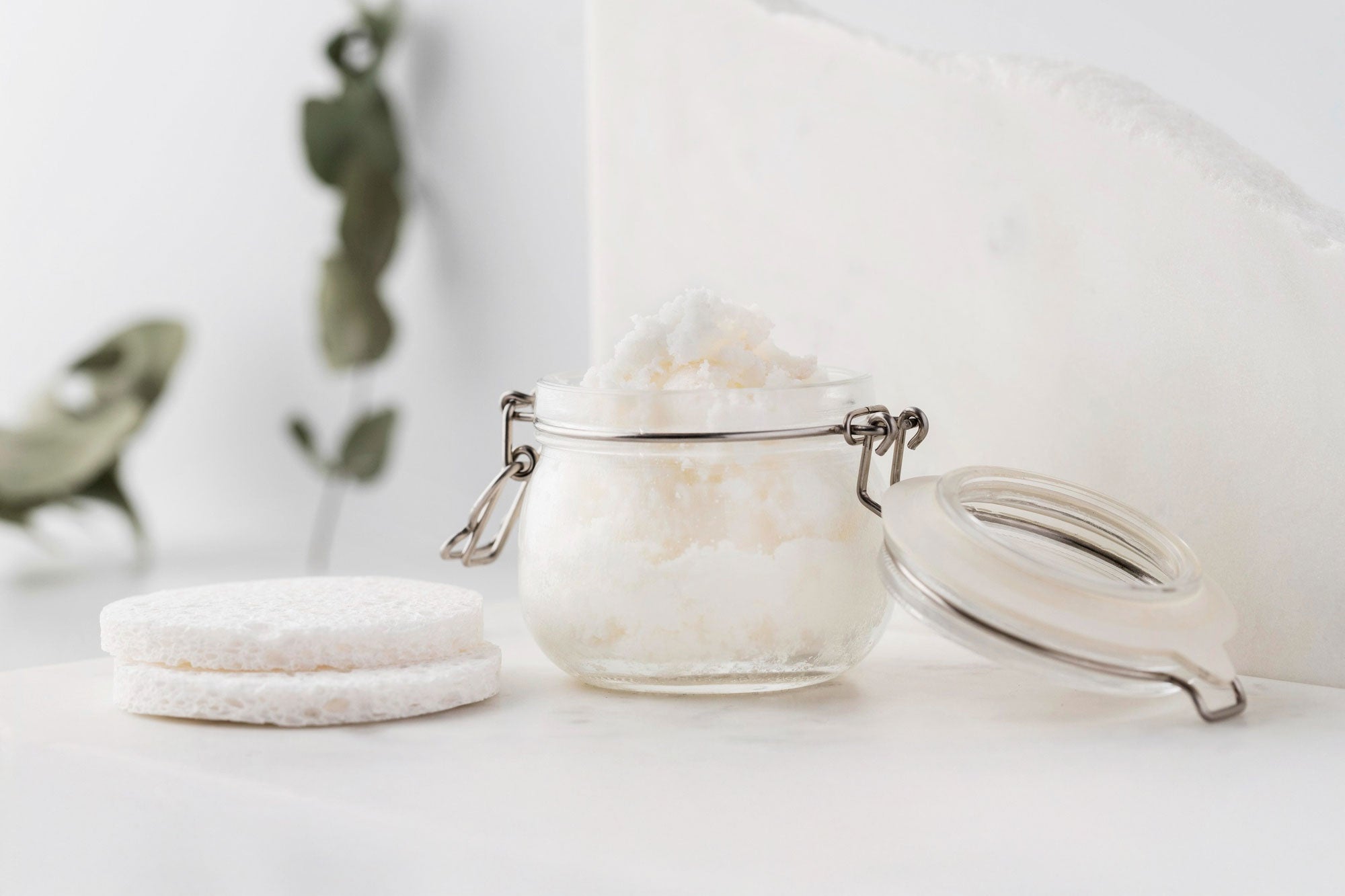
Skin Peeling (Exfoliation) Guide: For Brighter and Healthier Skin
Exfoliation is one of the basic steps to achieving brighter, healthier looking skin. By removing dead skin cells, you not only refresh your skin but also allow other skin care products to work more effectively. Here is a guide to help you understand how to exfoliate your face and skin.
What is Peeling?
Exfoliation is the process of removing dead skin cells from the surface of your skin. Regular exfoliation can help with a variety of skin concerns, from dullness to uneven texture. It can even help your skin look more radiant by promoting a fresh, healthy glow.
There are two main types of exfoliation: physical and chemical. Knowing which one to choose and how often to exfoliate can help you get the best results safely.
Why Should You Exfoliate Your Face and Skin?
Your skin naturally sheds dead skin cells, but this process slows down as you age. Exfoliating helps your skin appear smooth and radiant by clearing away buildup that can clog pores and contribute to a dull appearance. If you’re wondering how to exfoliate your face or your skin in general, choosing the right products and methods for your skin type is essential.
Benefits of Peeling
- Cleanses dead skin cells
- Promotes a smoother looking texture
- Increases the absorption of skin care products
- Promotes a more even-looking skin tone
Peeling Types: Physical and Chemical Comparison
Both physical and chemical peels offer distinct benefits. Depending on your skin type and concerns, one method may be more suitable than the other.
Physical Peeling
Physical exfoliation involves using a tool like a scrub or brush to manually remove dead skin cells. For the face, it’s best to opt for gentle options like a soft brush or a gentle scrub, as harsh scrubbing can cause irritation. Be careful if you have sensitive or acne-prone skin, as physical exfoliation can worsen inflammation.
Chemical Peeling
Chemical peels use acids, such as alpha hydroxy acids (AHAs) or beta hydroxy acids (BHAs), to dissolve dead skin cells. They’re typically less abrasive than physical peels and can be very effective at brightening skin and creating a more even-looking texture. Some products contain ingredients like glycolic acid and salicylic acid, which are known for their gentle yet effective exfoliating properties.
How to Exfoliate Your Face Safely
Learning how to exfoliate your face safely is important to avoid irritation. Here are some steps to make sure you’re exfoliating effectively without damaging your skin barrier:
1. Start with Clean Skin
Always start with a clean face. Wash your face with a gentle cleanser to remove dirt, oil, and makeup, thus paving the way for exfoliation.
2. Choose the Right Exfoliating Product
For physical exfoliators, opt for gentle, fine-particle products to avoid micro-tears in the skin. For chemical exfoliators, start with a low concentration and gradually increase as your skin builds tolerance. Exfoliating serums or cleansers that contain AHA or BHA are good options for a chemical exfoliator that works well for most skin types.
3. Apply the Exfoliating Product Gently
Use a light touch. For physical exfoliation, gently massage the scrub in a circular motion for 30 seconds to one minute. For chemical peels, follow the application instructions on the product as each formulation is different.
4. Follow Up With Moisturizer
After exfoliating, apply a moisturizing cream to replenish moisture and support your skin barrier. Moisturizers formulated to help provide moisture without clogging pores are a perfect match for freshly exfoliated skin.
How Often Should You Exfoliate?
The frequency of exfoliation varies depending on your skin type and the type of exfoliation. In general, exfoliating 1-3 times a week is sufficient. Over-exfoliation can lead to sensitivity and irritation, so it’s important to listen to your skin and adjust your routine accordingly.
Exfoliating Tips for Different Skin Types
Not all skin types respond to exfoliation the same way. Here are some tips on how to exfoliate your face based on your skin type:
- Oily or Acne-Prone Skin : Use chemical peels that contain salicylic acid to help reduce the appearance of clogged pores and balance oil.
- Dry Skin : Look for gentle chemical peels, such as lactic acid, which exfoliate your skin without drying it out.
- Sensitive Skin : Choose gentle exfoliators and avoid exfoliating more than once a week to avoid irritation.
- Combination Skin : You may need to adjust the frequency of exfoliation for different areas of your face.
When Should You See a Dermatologist?
If you deal with skin conditions like acne, eczema, or rosacea, consult a dermatologist before adding exfoliation to your routine. They can recommend treatments, products, or techniques that fit your specific needs and help you avoid irritation.
Bottom Line: Make Exfoliation a Healthy Part of Your Routine
Learning how to effectively exfoliate your skin can transform your skincare routine. By understanding the benefits, choosing the right products, and using them correctly, you can achieve a brighter, smoother-looking complexion. Remember, exfoliation is meant to boost the health of your skin, so go slow, listen to your skin, and enjoy the results.





